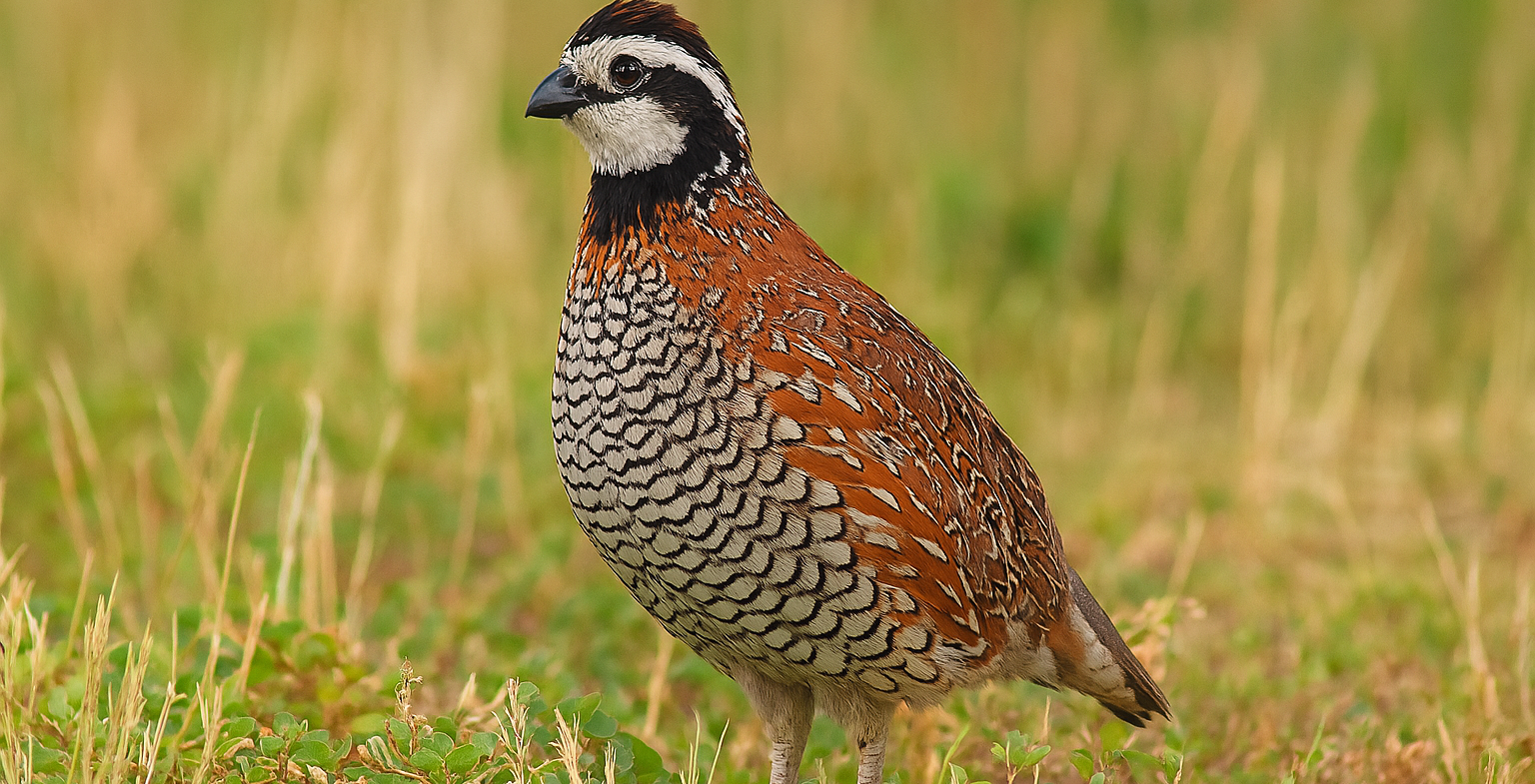
What we covering
In this overview, we cover History with quails' domestication, Physical Characteristics like their small, speckled bodies, Habitat in grassy areas, and Diet of seeds and insects. We also cover Social Behavior, noting their friendliness but territorial males, Health and Wellness through clean living, Breeding practices, and Quail Chick Care including warmth, feeding, and outdoor transition.
And more!
We have all you need to know about quails
Here are various quail care checklists. What You Need to Raise Healthy Quail

Jumbo Celadon Quail
The Celadon Quail are a special variety of Coturnix Quail who carry a rare, recessive gene (the celadon gene) which causes their eggs to be a gorgeous blue color. They are a popular breed among poultry enthusiasts due to their distinctive blue or light green eggs, larger size, and efficient egg production.
Read more
Coturnix Quail
(Japanese Quail)
Coturnix quails have been domesticated for decades, originally valued for their eggs and meat. Today, they are popular pets and are widely used in research and hobbyist aviculture due to their ease of care and prolific breeding..
Read more
Bobwhite Quail
The Bobwhite Quail known for their distinctive call and charming appearance, can make unique and interesting pets. Bobwhite quail Have long been popular in North America. They require specific care and habitat conditions to thrive in a domestic setting.
Read more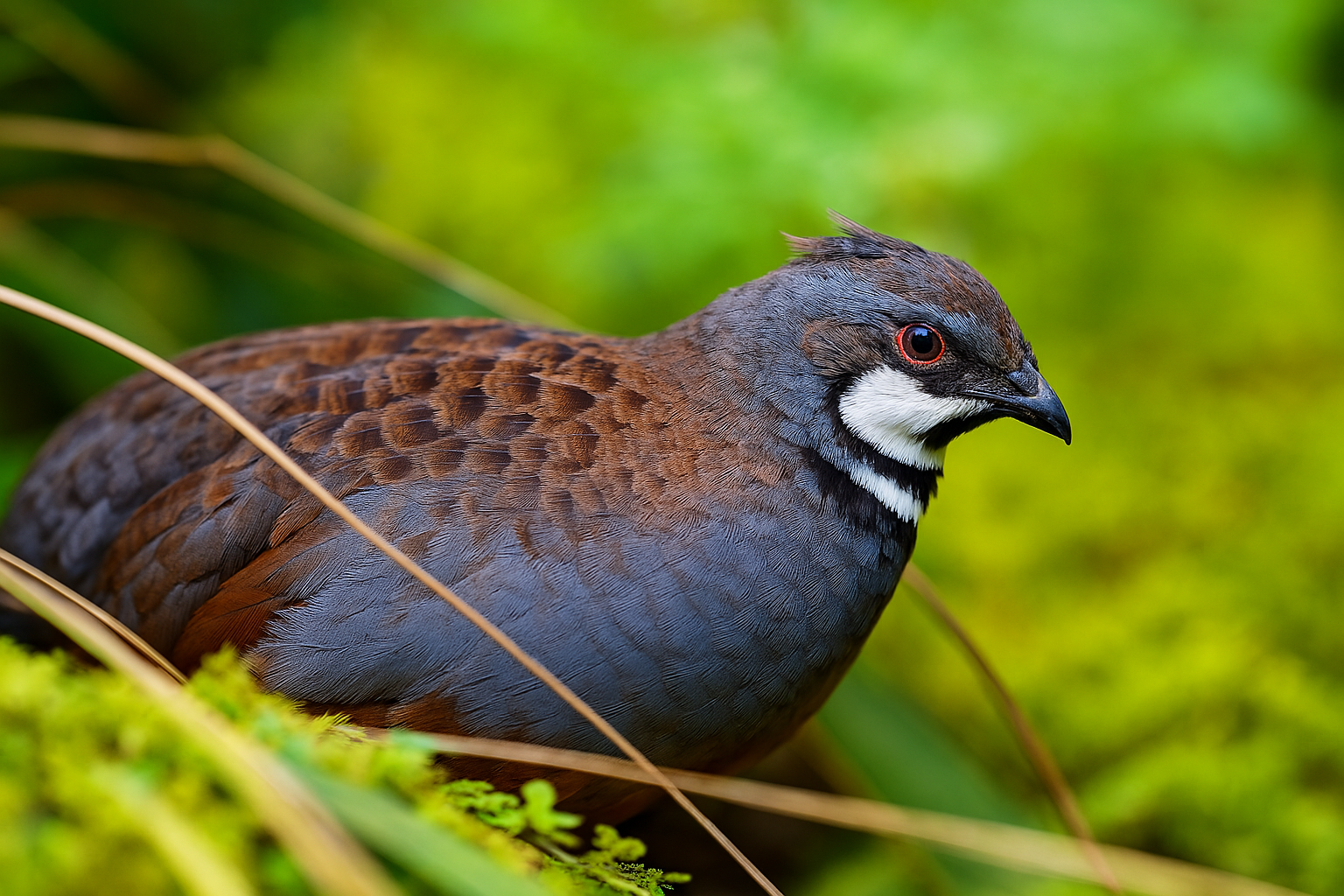
Button Quail
Chinese Painted Quail are small, charming birds that make fascinating pets. Known for their diminutive size and colorful plumage, they are often kept in aviaries and bird cages. Their lively behavior and relatively easy care.
Read more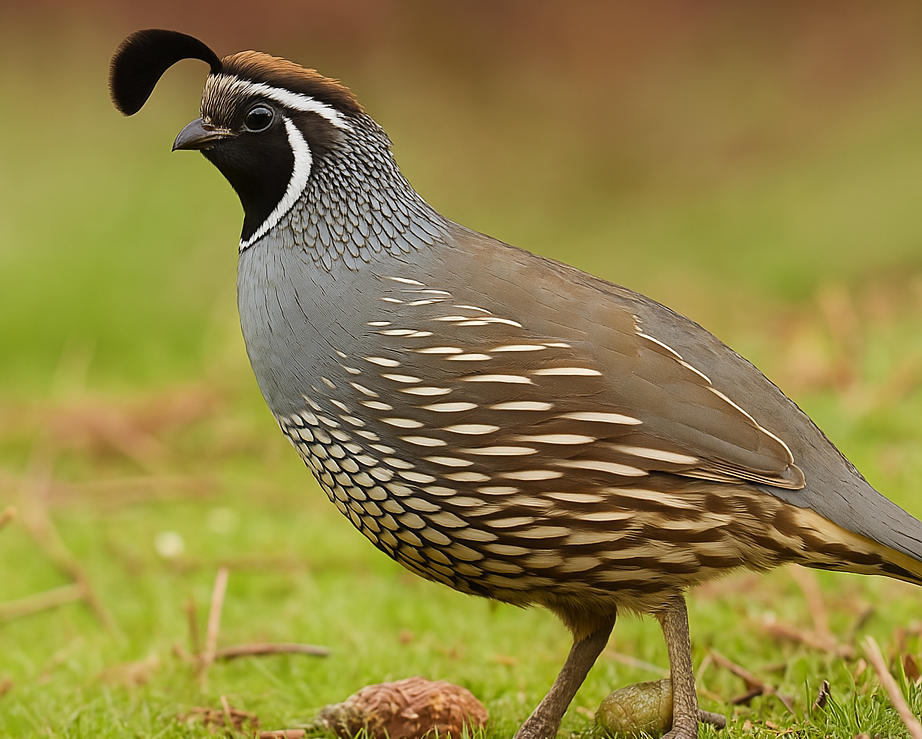
California Quail
The California Quail is a charming and distinctive bird known for its plump body, beautiful plumage, and characteristic head plume. These birds are native to the western United States but can be kept as pets with proper care and attention.
Read more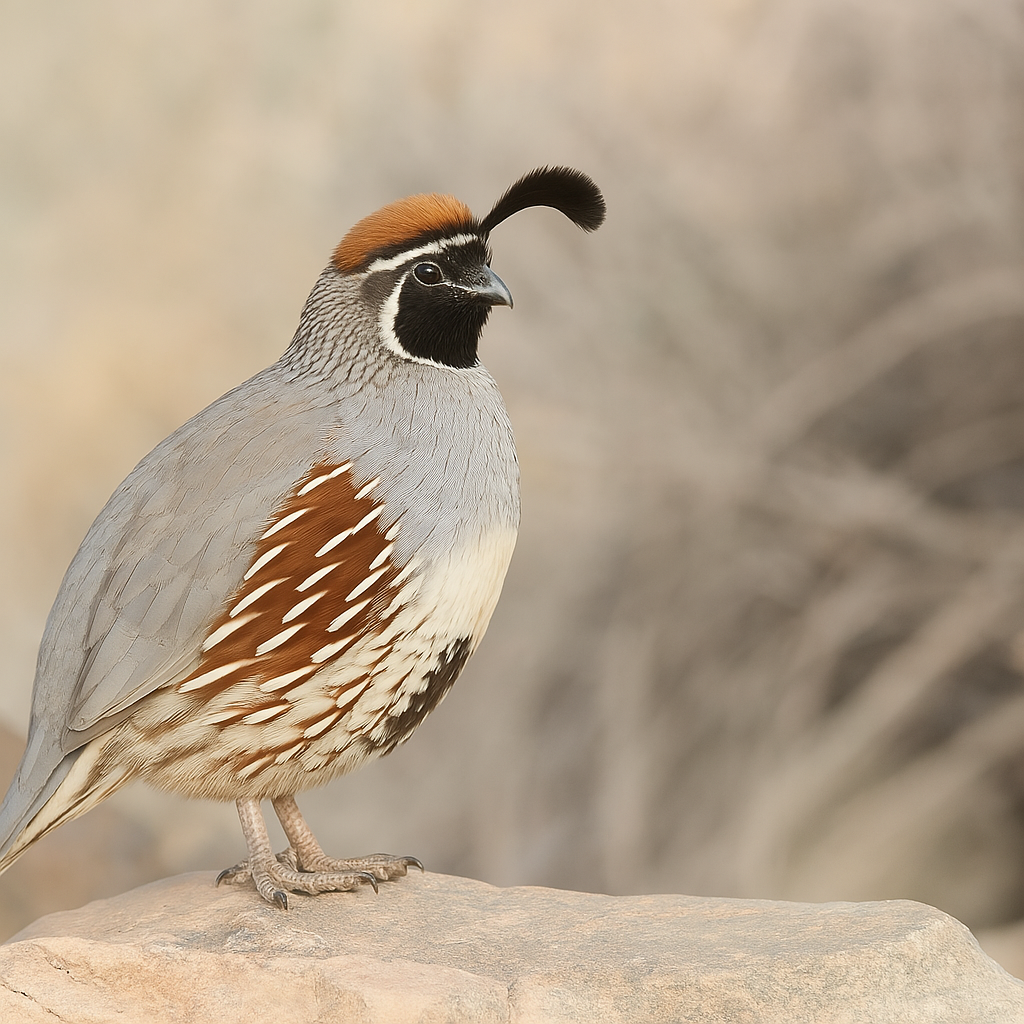
Gambel's Quail
Gambel's Quail are popular birds for aviculture due to their attractive appearance, distinctive calls, and relatively calm demeanor. While primarily known as wild birds, Gambel's Quail can be kept as pets under the right conditions.
Read more
Mountain Quail
Mountain Quail needs unique needs and natural tendencies require careful consideration for anyone interested in keeping them as pets.
Read more
Montezuma Quail
Montezuma Quail, native to Mexico and the southwestern US, are prized for their unique, camouflaged plumage and subtle crest. These naturally shy and solitary birds are challenging to breed in captivity, and while they require careful health monitoring, their distinctive beauty appeals to experienced aviculturists.
Read more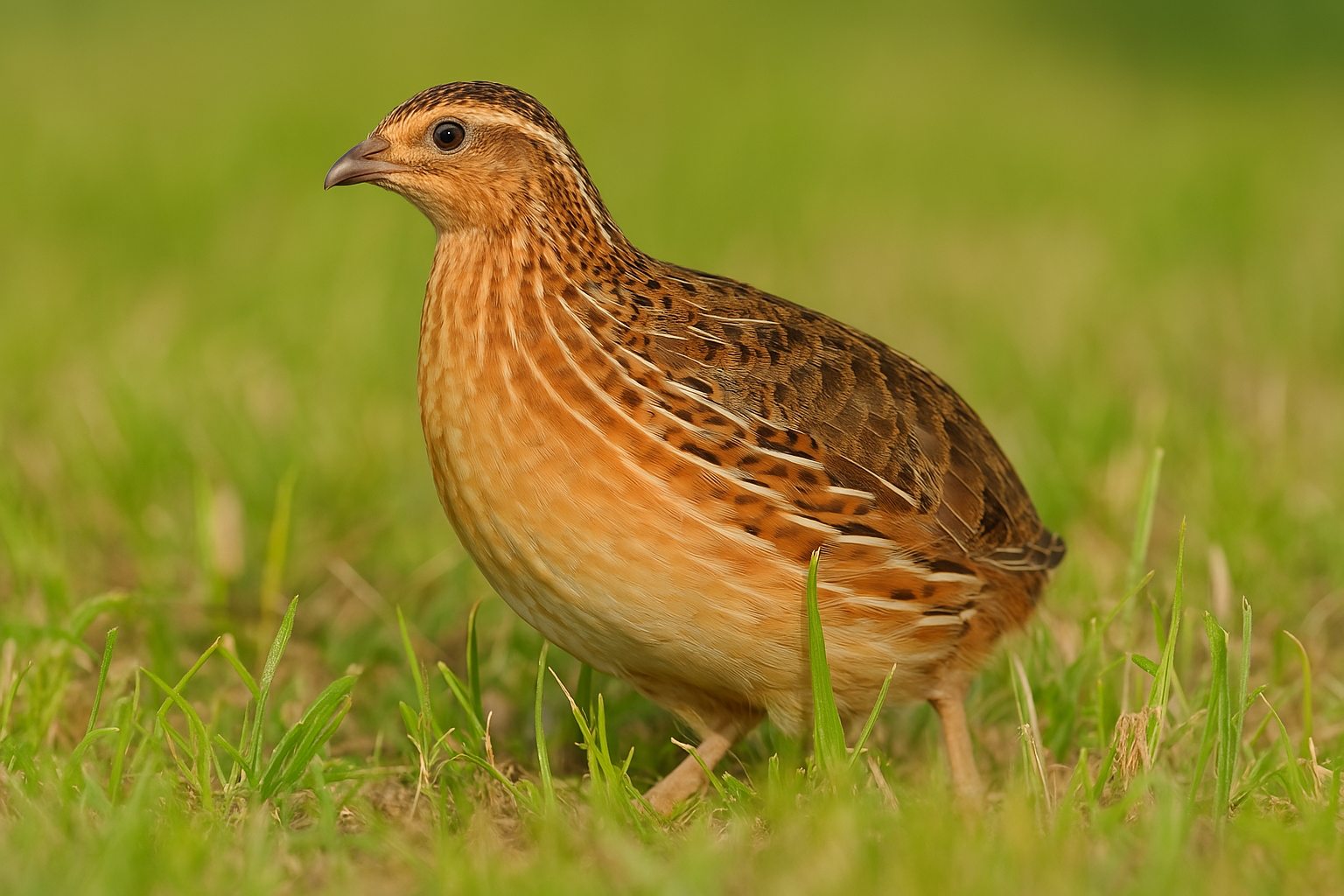
Common Quail
The common quail is a small, ground-dwelling bird that has become a popular pet among bird enthusiasts. These birds are known for their hardy nature and ease of care, making them suitable for both novice and experienced bird keepers.
Read more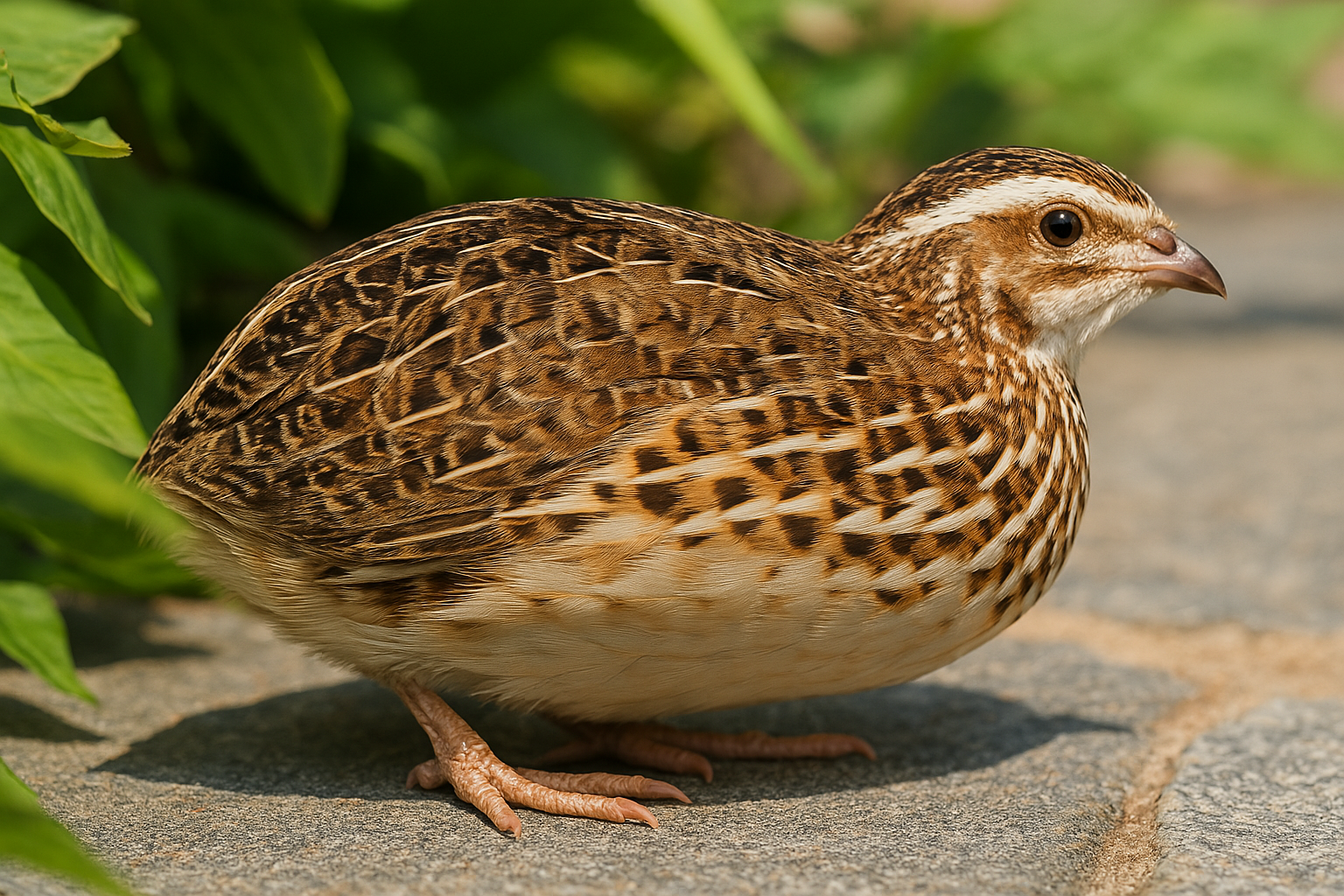
Japanese Quail
(Coturnix Quail)
Japanese Quail are known for their prolific egg-laying capabilities, small size, and relatively low maintenance requirements compared to larger poultry species.
Read more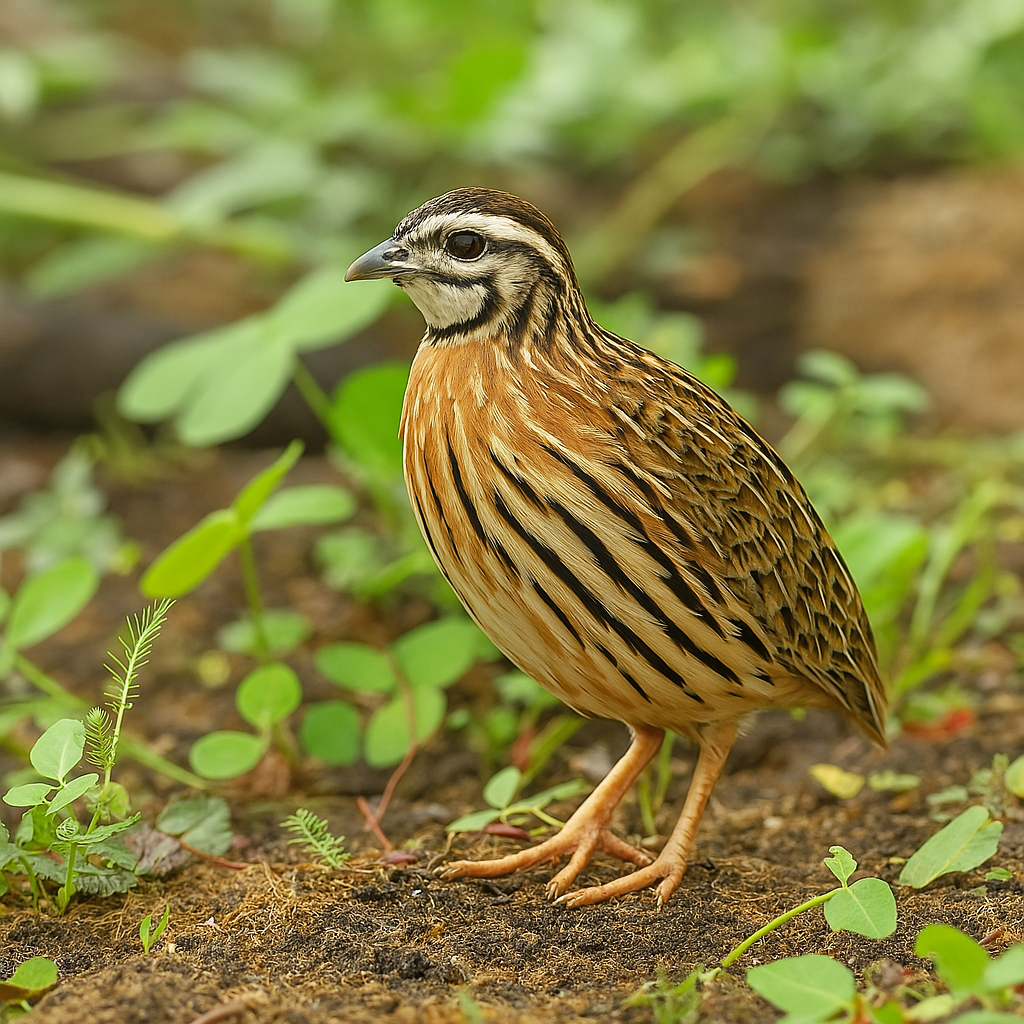
Rain Quail
The Rain Quail is a small species of quail found primarily in South Asia. While they are less commonly kept as pets compared to other. But they can still be an interesting and rewarding bird for avian enthusiasts to care for.
Read more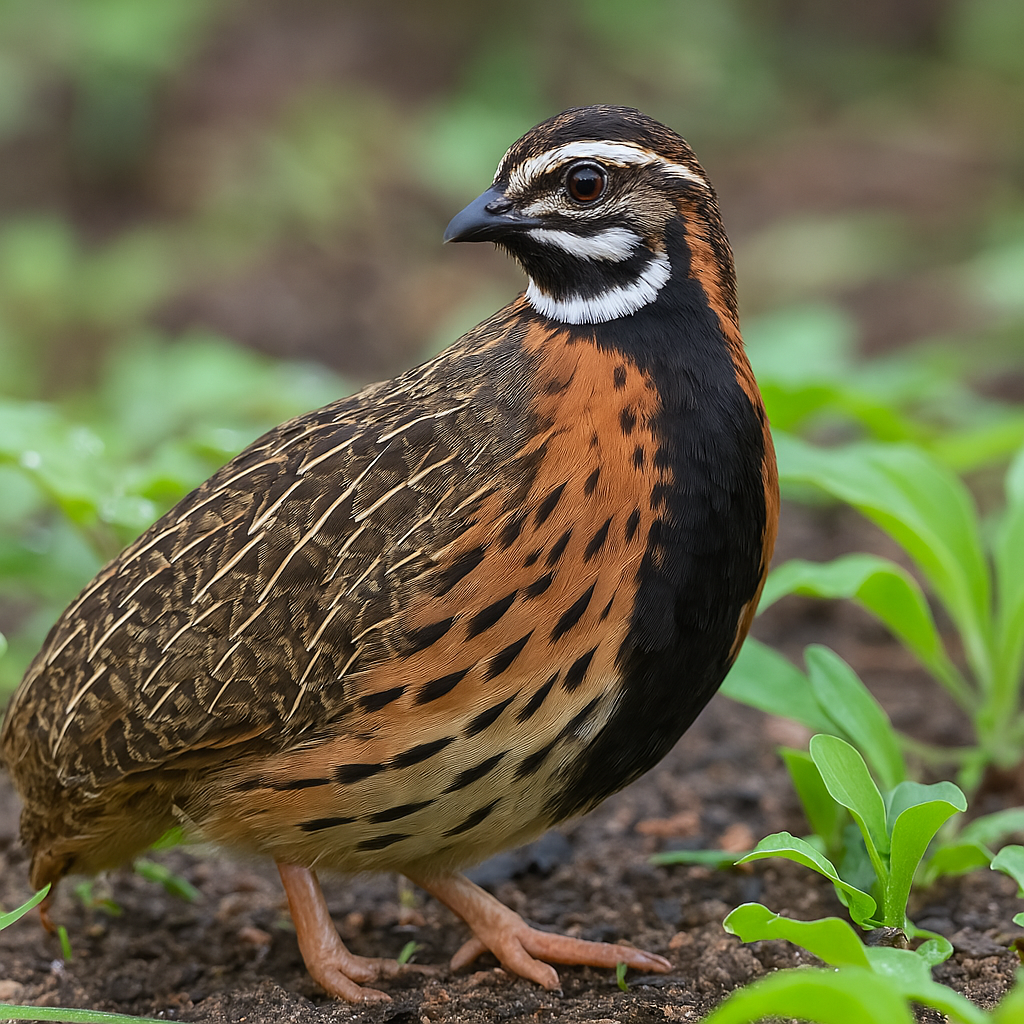
Harlequin Quail
The Harlequin Quail, also known as the Harlequin Button Quail (Coturnix delegorguei), is a small, attractive quail species popular among bird enthusiasts. They are known for their striking appearance, with males typically displaying vibrant plumage patterns.
Read more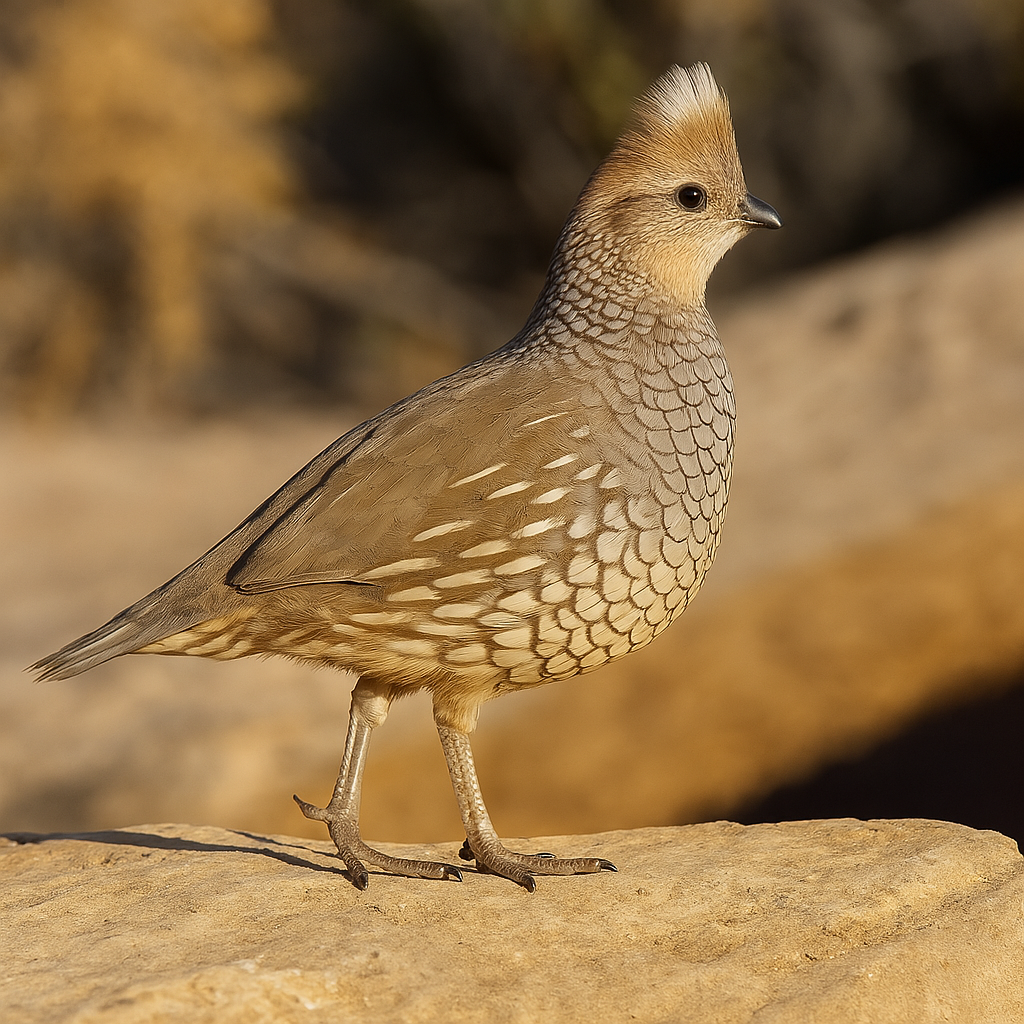
Scaled Quail
The Scaled Quail, known for its unique scaly feather pattern, is an active bird that needs space and a secure environment. Though more skittish than other quail, with proper care, they can live 3-6 years in captivity.
Read more
Texas Blue Scaled Quail
The Texas Blue Scaled Quail is a colorful variant of the Scaled Quail, known for its bright blue-gray plumage and scaled feathers. Native to Texas and arid regions, it prefers grasslands and deserts. These ground-dwelling birds are agile runners and live in social coveys. Their diet consists of seeds, insects, and vegetation.
Read more